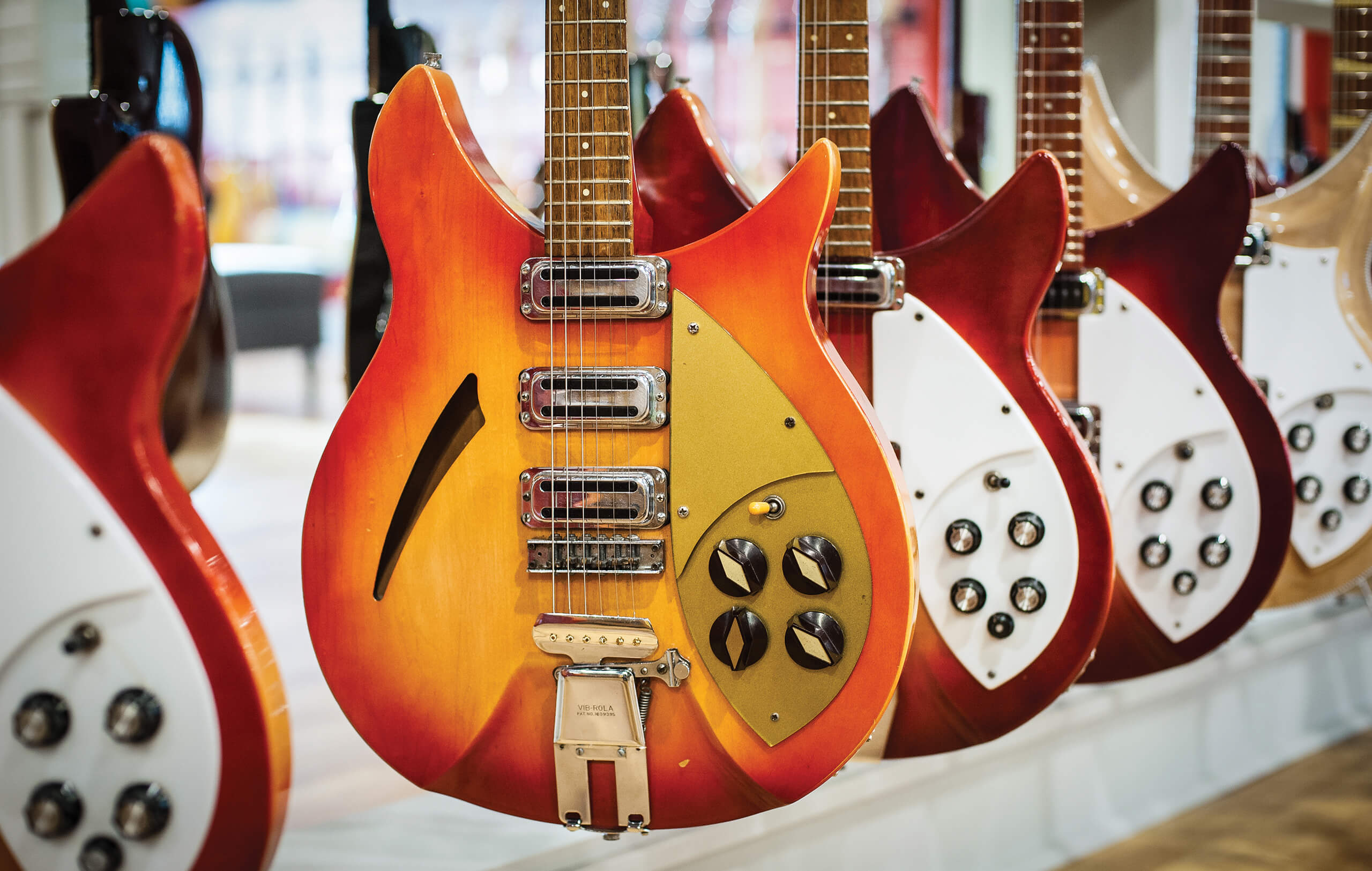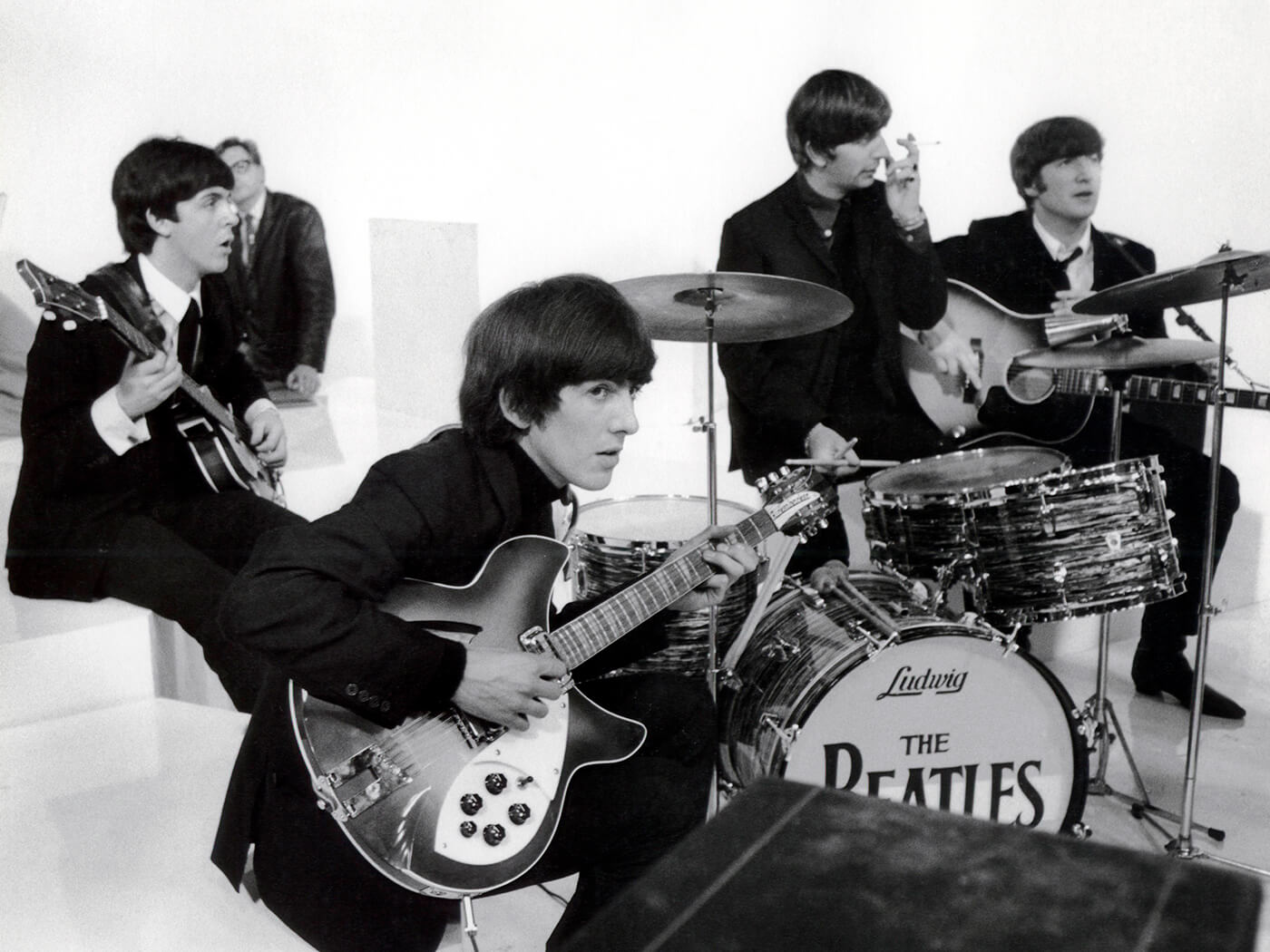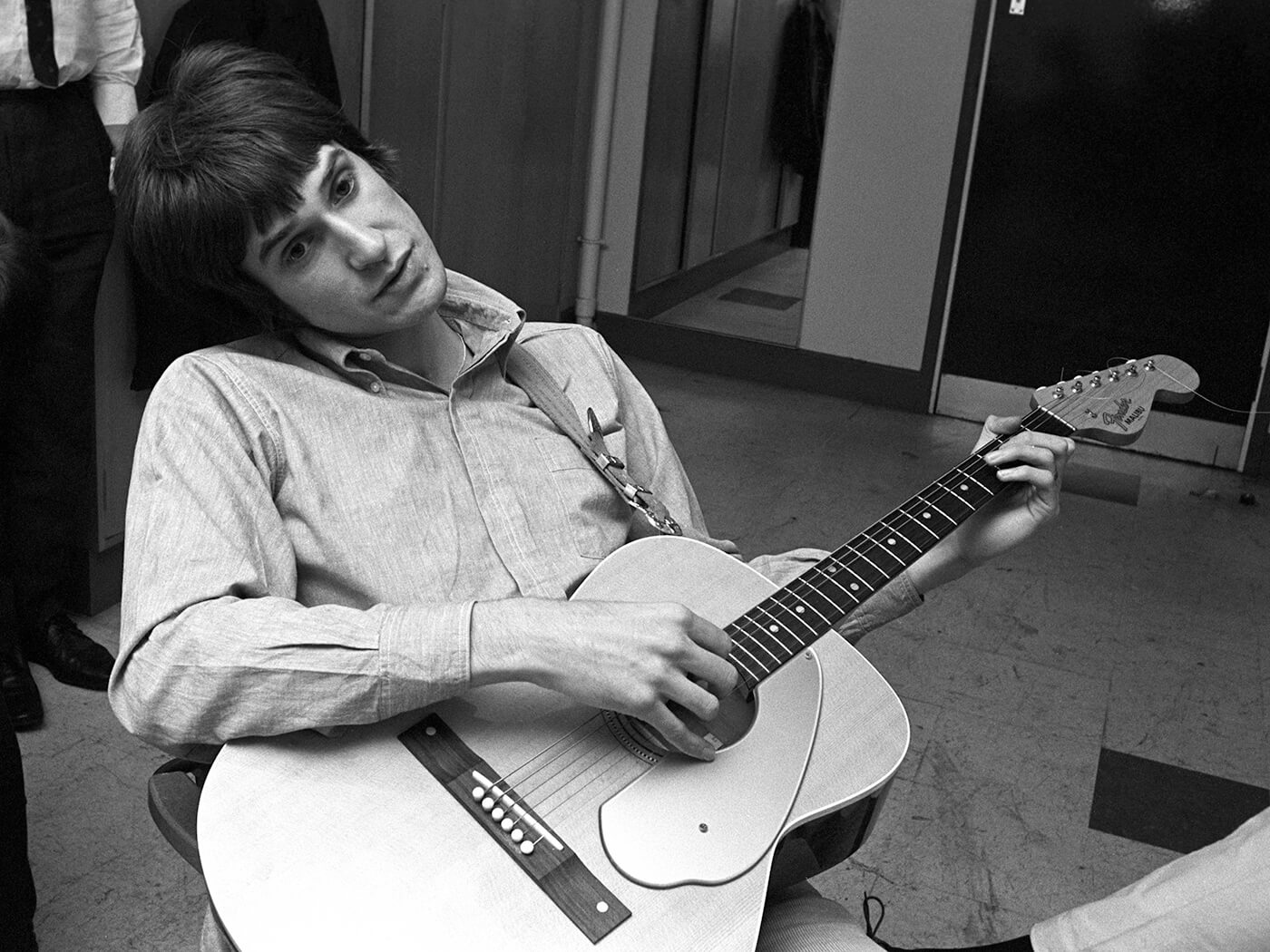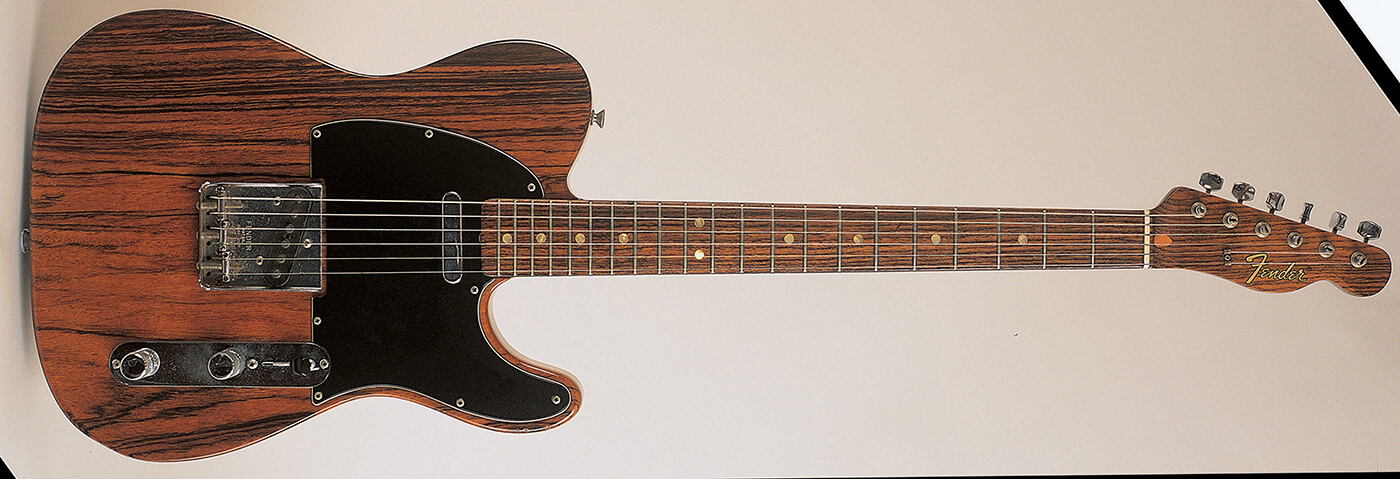Related Tags
The Genius of Roger Rossmeisl
The legendary guitar designer is largely responsible for the timeless and unique look of Rickenbacker guitars and basses, but there’s more to Roger than Rickys

There are a lot of unsung heroes in the world of instrument design who changed the way guitars are made and shaped the sound of the bands we love. While none of us grew up with posters of these people on our walls, occasionally we like to bring their innovative work to light. Today, we’ll be discussing Roger Rossmeisl, and his many contributions to guitar design that still resonate today.
- READ MORE: The Big Review: Fender Gold Foil Telecaster – unique-sounding… just not the sound you’re expecting
Roger Rossmeisl was born in Kiel, Germany in 1927. His father, Wenzel Rossmeisl was a notable jazz musician who also built guitars. During the 1930s, Wenzel made a trip to America where he came across a Gibson archtop jazz guitar, and when he brought it back to Germany, was inspired to build his own guitars based on the Gibson design.
Two years prior to the start of WWII in 1939, Roger’s father sent his 10-year-old son to the town of Mittenwald, which was a fairly secluded area of Germany that was known for two things – winter sports and building instruments, particularly, violins. Roger remained there for the duration of WWII and attended a school for instrument building.
He eventually graduated with a Master’s Degree and the title ‘Gitarrenbaumeister’ [“master guitar maker”]. By then, the war was over, and he moved back to Berlin to work with his father.
Roger and his father worked together on a variety of different styles of guitar from acoustics to archtops, to lap steel, and are generally believed to be the first German electric guitar manufacturer. While Roger’s father didn’t have a degree or a fancy title, he was a very skilled and innovative guitar builder. In fact, Roger would incorporate some of his father’s designs into his own in later years. Post-war Germany was not the most prosperous of environments to start building instruments. Things got even tougher in 1951 when Wenzel was sent to prison for violating currency exchange regulations. Under young Roger’s direction, the company quickly found itself in debt.
To escape his debtors, Roger decided to make a move to America. Roger wrote a letter to Gibson President Ted McCarty asking for work, along with his resume which boasted the Gitarrenbaumeister title from a prestigious school. The plea appealed to McCarty enough to offer Roger a job and pay for his passage to Michigan, USA, in September of 1953. His first few months with Gibson did not go very well and he quickly fell out with the company for a variety of alleged reasons. We know he did design at least one archtop that never made it past the design stage. We also know that many people working at the Kalamazoo plant had just returned from WWII, and anti-German sentiment was pretty high at the time, leading to a lot of tension. According to most reports, he never actually quit or was fired. He just “took a vacation” and never returned. He wound up in California, which has considerably better weather than Michigan.

In 1954 he got in contact with Francis Hall, who hired Roger to work for his company, Rickenbacker. There, he spent the next eight years designing the 300 series guitars – the very models that define Rickenbacker’s glory years. It was here that one of his notable stylistic features came known to the mainstream guitar market, the “German carve”. He had been doing this when building guitars back in Germany as a way to build guitars using less wood since WWII put strain on the timber industry over there [as it did most other industries]. The German Carve is something that we associate with Mosrite Guitars although some boutique builders like Novo and Echopark still use the design today. Interestingly enough, Semie Moseley, the man responsible for starting Mosrite Guitars in 1956, apprenticed under Roger Rossmeisl, who taught him style.
In 1962, Roger went to work for Leo Fender around the time when the company was looking to get further into the acoustic guitar market. Leo and Roger collaborated on a range of flat-top acoustics that were moderately successful, beginning with the King, Concert, Classic and short-lived Folk models, all released in 1963. Later on, he designed the Malibu model which was used by Ray Davies of The Kinks.

In 1966 Fender started producing the Roger-designed model called the Wildwood. These guitars were unique in that Roger had a contact in the timber industry who would inject dyes into growing beech trees, the resulting wood was turned into a veneer for the Wildwood guitars. They were available in colors such as gold, brown, purple, dark blue, purple-blue, green or blue-green. The guitars were made of mahogany and Sitka Spruce but the colored veneer added an extra level of beauty to these models.
While at Fender, Roger also designed the Coronado and the Telecaster Thinline, and later on the prestige models the arch-top LTD and Montego. According to Roger’s apprentice at the time, the LTD guitars were never intended to be a profit source for Fender – this was something that CBS, who owned Fender at the time, weren’t especially excited about.

One of the final designs that Roger did with Fender was to build Telecasters and Stratocasters out of chambered rosewood – this was more of a marketing move than anything which is why the prototypes went to several famous rockstars. There were six Telecaster prototypes made in 1968 and 1969. One was given to George Harrison who used it in the Let It Be sessions and for that famous rooftop gig. Another went to Elvis Presley. A Stratocaster version was also made and intended for Jimi Hendrix who tragically passed away before the guitar could be delivered.
Shortly after that, Roger was involved in a car accident which resulted in a very serious head injury. He reportedly was never the same after that. By the early 70s Roger had left Fender, was divorced, and heavily in debt. He left America and returned to Germany in 1971. Eight years later he would pass away at the age of 52. He was responsible for some of the greatest guitar designs in history and unfortunately, none of them bore his name, perhaps this is part of the reason he gets left out of the discussion when we talk about great luthiers.
